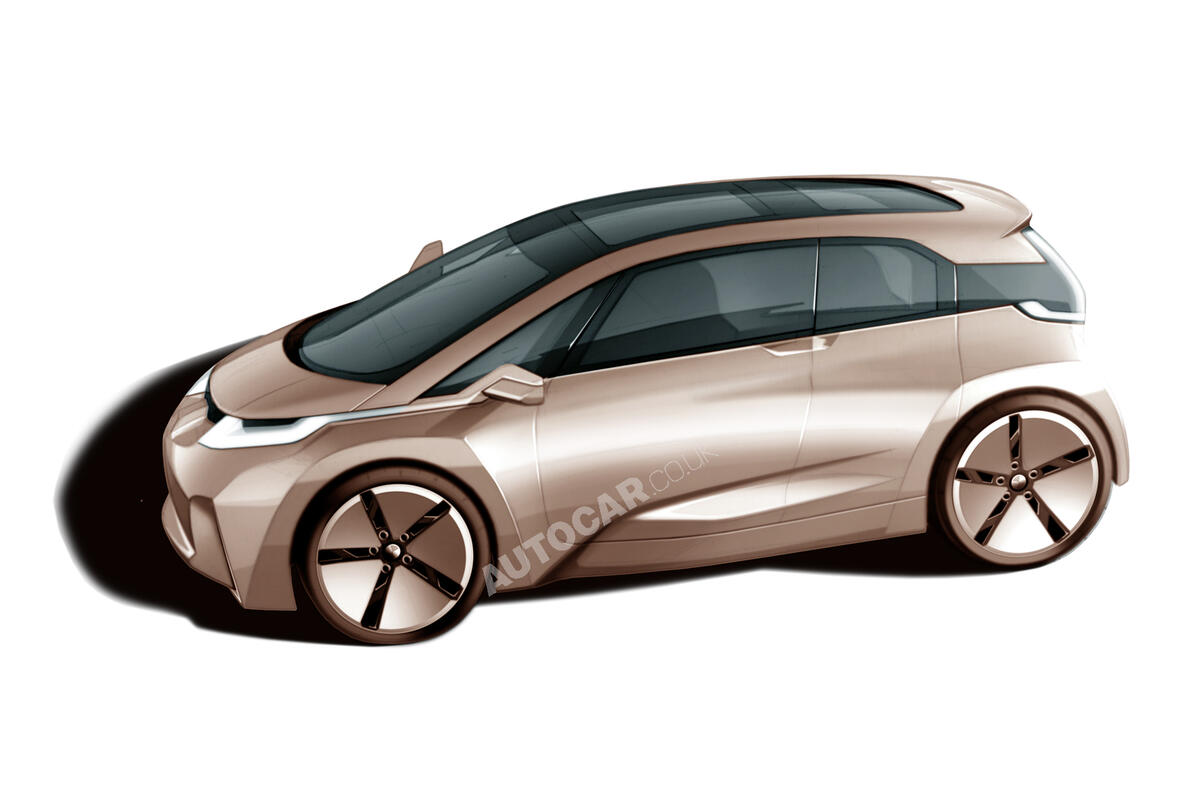BMW’s Megacity is set to shake-up how the cars in the company’s range are constructed in the future. Here, Autocar takes a look at the different elements that make-up its radical construction.
Life and drive construction
The Megacity’s construction is split into two sections, dubbed ‘Lifedrive’. The Life section is the carbonfibre passenger cell and the Drive section the aluminium chassis.
whole monocoque is made from carbonfibre mouldings that are glued together. BMW has developed its own cutting-edge technology, using special heated moulds and sophisticated resin injection systems in order to mass produce the carbonfibre pieces.
Aside from the floor and bulkhead mouldings, most of the pieces that make up the passenger cell are relatively small. In order to keep repair cost low, the Megacity’s bonnet and wings will probably be made from injection-moulded plastics.
See Autocar's exclusive rendering of the BMW Megacity
Aluminium chassis
One of the great advantages of the way the MCV’s separate aluminium chassis has been designed is that it’s very simple (and inexpensive) to change for future, differently sized, MCV variants.
A longer wheelbase can be achieved by extending the twin aluminium extrusions that run front to back. A wider cabin can be accommodated by extending the outriggers, which support the monocoque under the sill. It seems likely that future MCVs will include more luxurious long-wheelbase versions and possibly even a seven-seater.
Wheelbase flexibility
The MCV’s chassis is made up of aluminium castings and extrusions, which offers tremendous rigidity and greatly aids ride and handling. The chassis’ front end acts as subframe for mounting the front suspension and steering. It’s also the crash structure for the car.
This lab crash test picture (below) shows that the aluminium structure has managed to absorb nearly all of the energy pulse, minimising damage to the carbon monocoque. It will be easier and less expensive to repair the aluminium front structure than the monocoque.
Flat-pack battery
The battery pack is mounted in the chassis, under the cabin floor. Because it is very heavy, the battery pack is best mounted low down and centrally. This also helps protect the pack from impact damage in an accident. The use of an extruded chassis makes it far easier to package square batteries than in a conventional pressed steel structure.





Add your comment